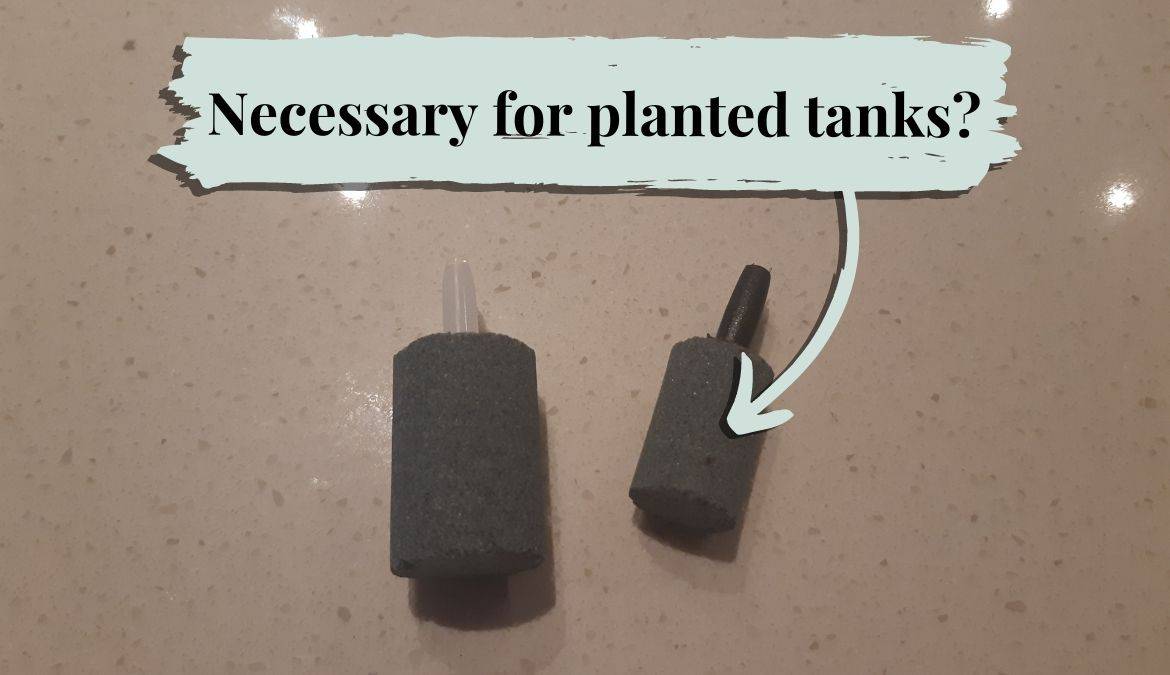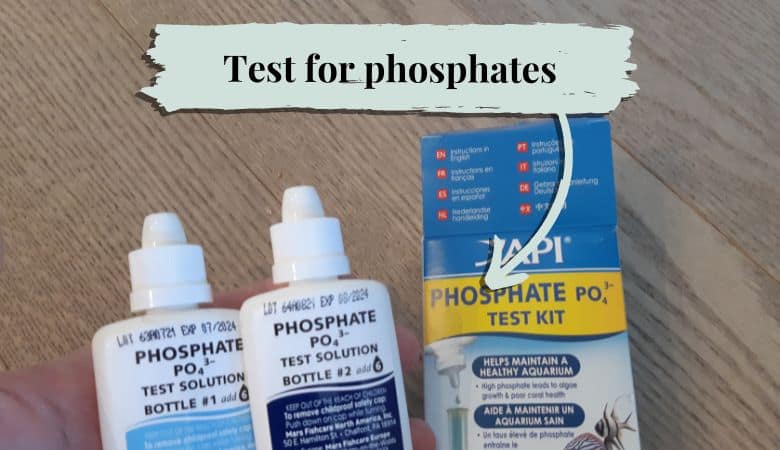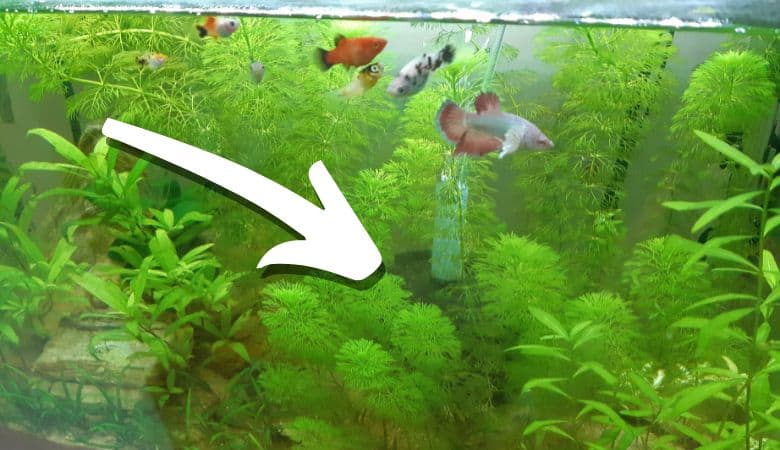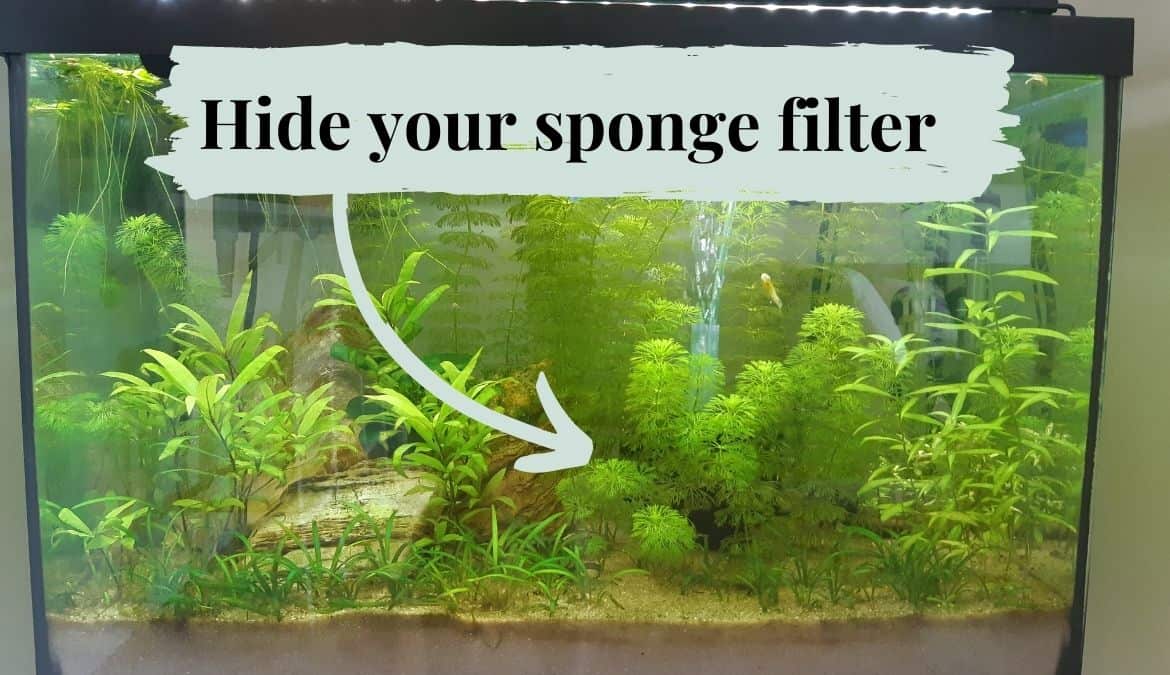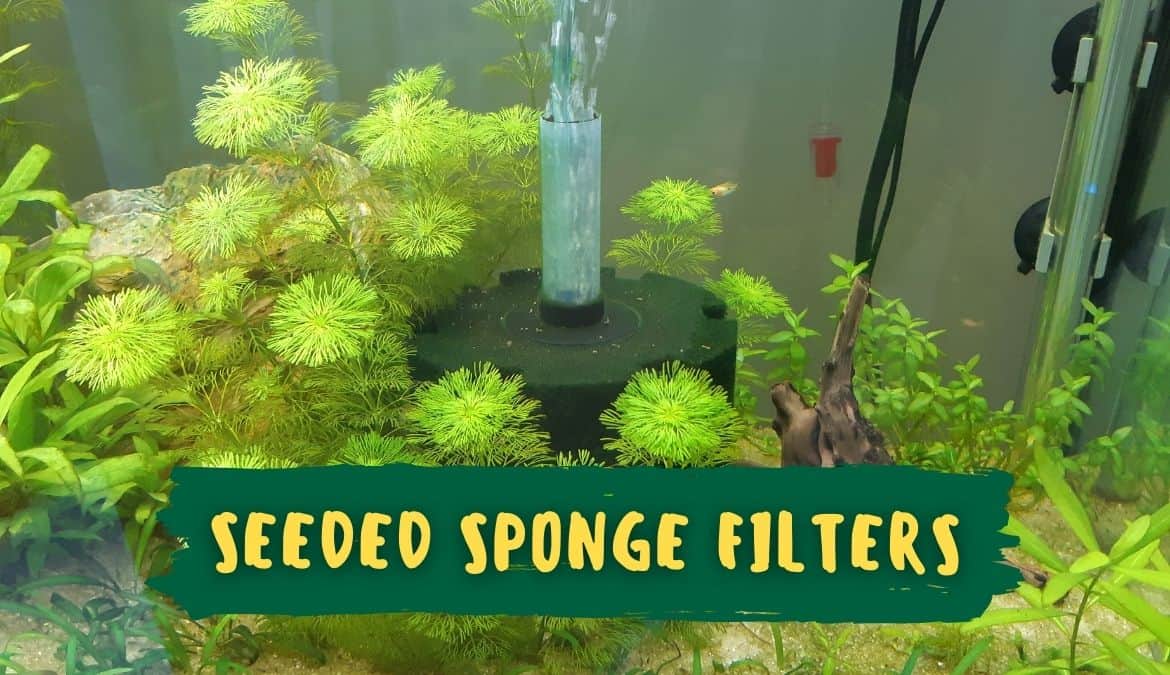Activated carbon filters to not directly harm aquarium plants. But they do absorb nitrogen, CO2, iron and other important plant nutrients that are necessary for healthy growth. As a result, prolonged use of carbon filters will make it more difficult to grow aquatic plants.
There are a few factors to consider when it comes to activated carbon. This article shares everything we could find to help you make an informed decision for your planted tank.
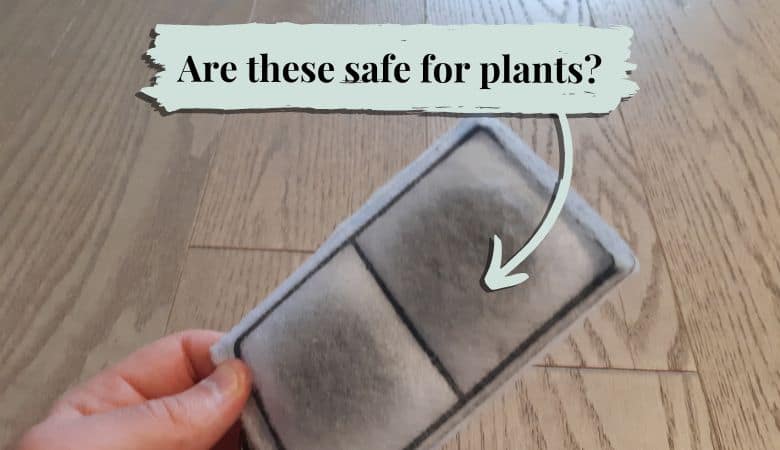
Contents
Can I use carbon filters in a planted aquarium?
Carbon filters can be safely used in planted tanks to remove odors, medication and other organic matter. However, among these organic matters are important plant nutrients that your plants need to grow.
If you have an established aquarium with live plants, then it is important to make sure that the carbon filter does not remove essential nutrients like iron, calcium or other minerals that your plants need to survive.
These compounds will be slowly absorbed over time as water flows through your carbon filter media. Nutrient removal will not happen instantly, but certainly over a few days.
We recommend using carbon filters for short periods of time (1-2 days) to remove medication as needed. But we do not recommend using activated carbon filter media at all times.
Why are carbon filters used in planted aquariums?
Carbon filters are most commonly used to remove toxins from the water, but they can also be used to remove nitrates, which are less harmful than toxins and can cause algae blooms.
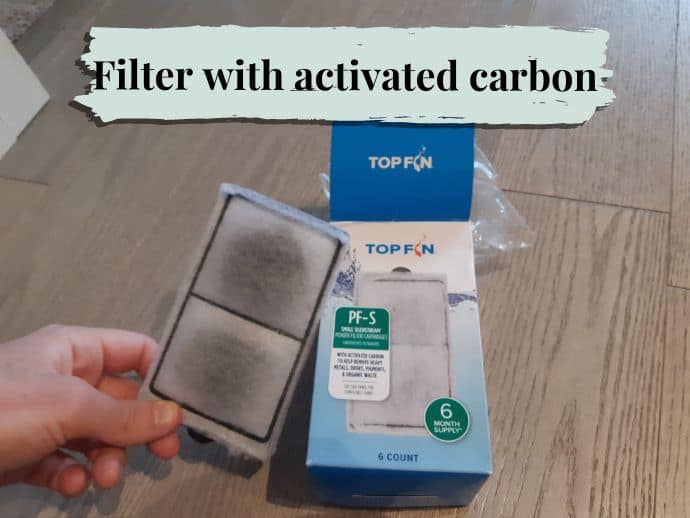
In this case, the filter would probably be helpful for your plants because it will help eliminate excess nutrients that might otherwise cause algae blooms. But in our experience, a better method for managing algae is to control the amount of nutrients and light being added to your tank in the first place.
If you feel the need to lower the concentration on nutrients in your water column, a simple water change might be a better option than using carbon filters.
They remove medication
The main reason fish keepers use activated carbon is to remove medication. This is useful because you don’t want to dose medication longer than required.
They remove odors and clarify the water
Carbon filters are a great way to remove odors from your aquarium and keep the water healthy for your plants. They also help keep the water crystal clear.
When you use a carbon filter, it will remove organic compounds from the water that can cause algae problems. The filter works by absorbing these compounds and keeping them out of your water supply.
They remove ammonia
Studies have discovered that activated carbon is capable of absorbing ammonia[2], which is a benefit for new aquariums that have not established a biological filter yet. Interestingly, ammonia presence also causes activated carbon to absorb CO2 more quickly[4].
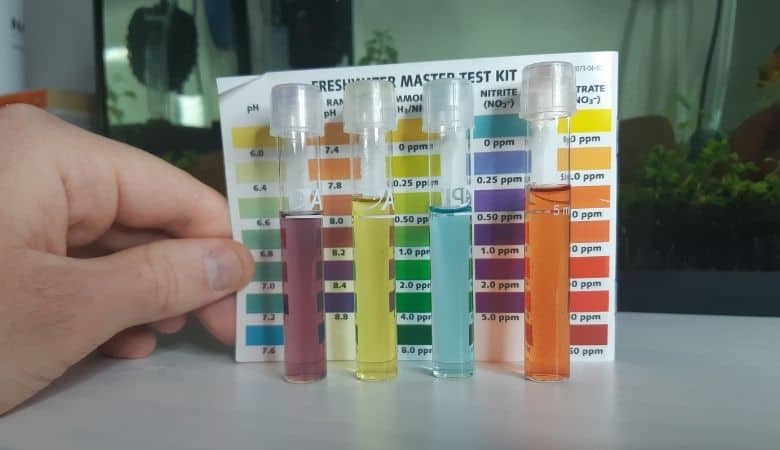
Ammonia is one of the most harmful chemicals found in an aquarium. It can cause serious damage to fish and other aquatic creatures in concentrations as low as 0.2ppm. High ammonia concentrations can also harm aquatic plants. So in this sense, activated carbon may be helping plant growth instead of harming it.
However, low to moderate ammonia concentrations are actually beneficial for plants because they will use it as a source of nitrogen to grow.
Why do people believe activated carbon will harm aquarium plants?
Many people believe that activated carbon will harm aquarium plants by removing nutrients from the water and preventing them from growing successfully. This is true but is not a big issue if you only use carbon filters for a couple days.
Prolonged usage of carbon media will eventually cause nutrient deficiencies. The first symptoms of this will be things like pin holes or yellowing of plant leaves.
Activated carbon lowers CO2 concentrations
Activated carbon is also proven to absorb CO2[3], which is a crucial macronutrient that aquatic plants use to photosynthesize. There are interesting applications ofo this property in reducing atmospheric carbon levels.
But as far as our planted tanks are concerned, CO2 is a desirable thing. In fact, CO2 is somewhat scarce in low-tech tanks where carbon is not artificially injected.
This becomes a limiting factor that prevents plants from growing and increases the amount of light and other nutrients available for algae to utilize.
This could lead to plant death if there isn’t enough CO2 available for photosynthesis; however, this won’t happen immediately and will depend on how much CO2 removal is occurring during each cycle of the filter system.
Will activated carbon harm plants?
Activated carbon will not directly harm aquatic plants but will absorb many of the important nutrients they need to thrive. So an argument could be made that activated carbon is actually not good for planted aquariums.
However, short-term use of carbon media will not harm your plants and remains an effective method for removing medications from the water column.
Many factors affect carbon absorption rate
Studies have shown that oxygen levels, ammonia levels, pH and other factors affect the rate at which activated carbon absorbs organic matter[1]. It’s difficult to accurately advise how long you should use activated carbon in your aquarium before it starts negatively affecting your plants.
In our experience, using it for 2 days or less is perfectly fine and will likely not cause any plant harm. This is enough time to remove medication, which is the primary purpose we would advise using carbon for.
References
- Dąbrowski, A., Podkościelny, P., Hubicki, Z., & Barczak, M. (2005). Adsorption of phenolic compounds by activated carbon—a critical review. Chemosphere, 58(8), 1049-1070.
- Halim, A. A., Aziz, H. A., Johari, M. A. M., & Ariffin, K. S. (2010). Comparison study of ammonia and COD adsorption on zeolite, activated carbon and composite materials in landfill leachate treatment. Desalination, 262(1-3), 31-35.
- Shafeeyan, M. S., Daud, W. M. A. W., Houshmand, A., & Shamiri, A. (2010). A review on surface modification of activated carbon for carbon dioxide adsorption. Journal of Analytical and Applied Pyrolysis, 89(2), 143-151.
- Shafeeyan, M. S., Daud, W. M. A. W., Houshmand, A., & Arami-Niya, A. (2011). Ammonia modification of activated carbon to enhance carbon dioxide adsorption: effect of pre-oxidation. Applied Surface Science, 257(9), 3936-3942.


